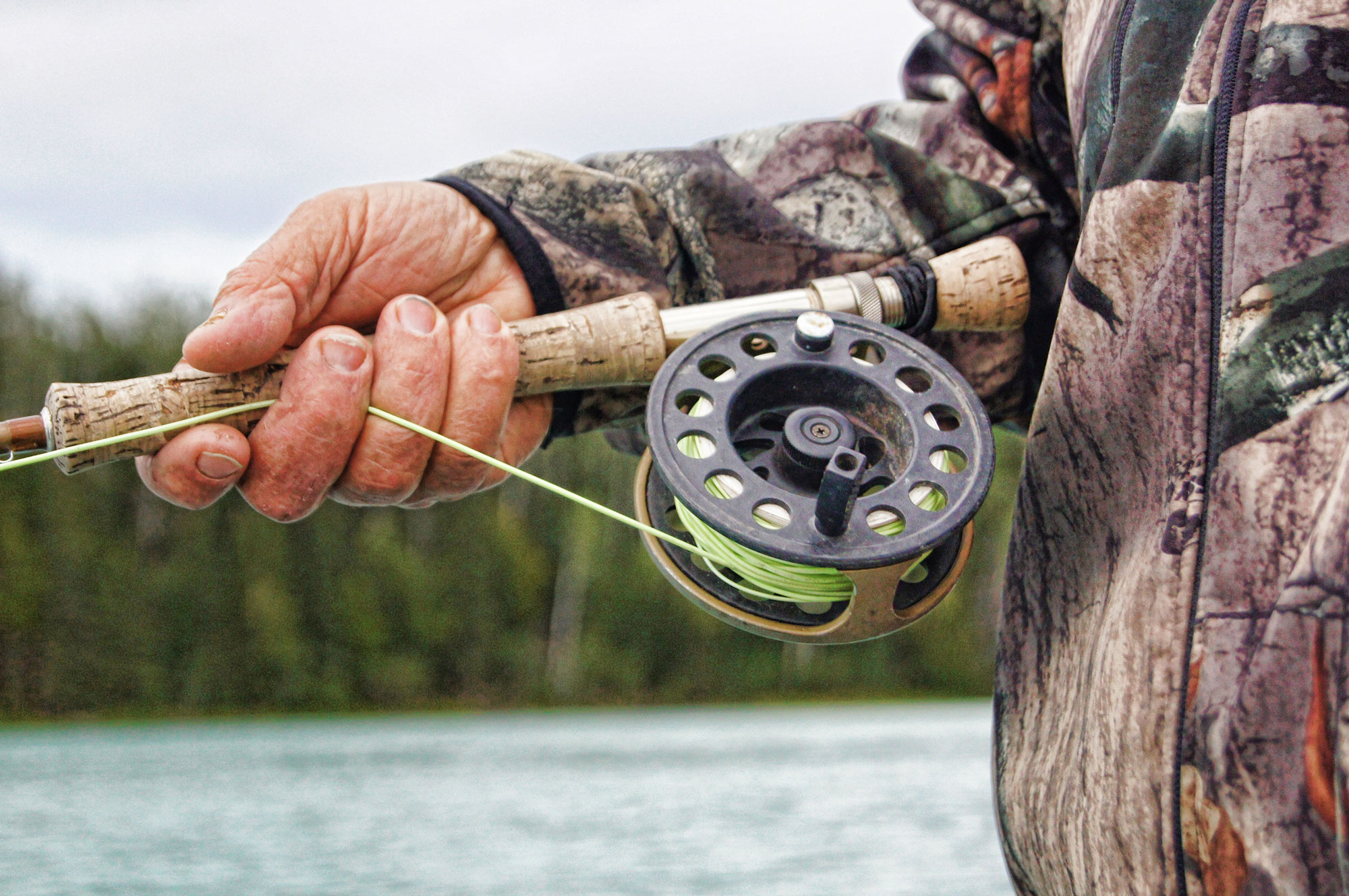If You're Having Trouble Finding and Landing Fish, Chances Are You're Not Doing Something You Should
Advertisement
“The fishing was fine, but the catching was a little slow.” How many times have you heard that old saw after asking someone how the fishing’s been? While the answer may be both clever and accurate, it’s amazing how many people actually expect a day on the water to not include much catching. But it doesn’t have to be that way—finding success is often as simple as knowing what it is you’re not doing. Here are five of the most common sins of omission.
1. Not Treating Fish as Wild Animals
From a fish’s perspective, you are the predator and it is the prey. And since fear always trumps hunger, a fish will consider it a life-threatening situation if you suddenly appear on the scene. This explains the one rule of angling that can never be broken: If you scare fish, you won’t catch fish. So, don’t barge into their world with noise and commotion. Instead, approach the water slowly and quietly, doing everything you can to avoid alerting the fish to your presence. On moving water, this might mean approaching from downstream to stay behind the fish, out of their sight. On still water, it often means shutting off the motor early and rowing or paddling quietly into position before casting.
Advertisement
2. Not Using the Proper Presentation
Many anglers just grab a lure or fly that appeals to them, or one that worked the last time they were out, and start randomly firing it into the water. This is what makes fishing a hope-for-the-best proposition for so many people. But you can vastly improve your chances for success by first gathering some general information about your quarry’s habits and habitat, and supplementing it with specifics on what the fish are likely to be feeding on when you’ll be on the water. By consulting magazines, books, DVDs, friends, fishing shops and the Internet, you can then make an informed decision about what fly, lure or bait to use, and where to use it.
3. Not Fishing Deep Enough
If the fish are feeding on the surface, you’ll know it by the disturbances they make. But if they’re not up top, it’s a safe bet they’re on the bottom. A general rule in fishing is to make it easy for the fish to eat what you’re offering, so if the fish are deep, do what you must to get your fly, lure or bait down into their dining room. You may need to use a heavier lure, or add weight to your leader if you’re fly fishing. Whatever the case, you’ll have far more success putting your offering right in front of the fish, rather than expecting them to swim 10 or 20 feet up the water column to take it.
4. Not Paying Attention to Conditions
Water levels and clarity play a large role in determining where fish will be found and when they will feed. And because fish are cold-blooded, water temperature is the one factor that trumps nearly all others—fish feed very little if the water temperature is significantly above or below their happy zone. The weather also affects the behaviour of fish, as well as their prey. For example, certain aquatic creatures that fish eat are more active and available on cloudy days than on sunny ones. Remember, though, that weather and water conditions affect different species of fish in different ways, and a little research into this will pay dividends.
Advertisement
5. Not Switching Things Up
The worst thing an angler can do is stay in one spot for hours and repeat a method that’s simply not producing fish. If what you’re doing isn’t working, change something. Try switching lures or flies, or varying your retrieve or the depth you’re fishing at. You can even change your tactics altogether and move to a different part of the lake or stream. If the fish are going to respond to what you’re offering—and how—they’ll usually do so within your first few casts, or not at all. Long-term repetition rarely changes their minds. Trying something new, however, just might.

